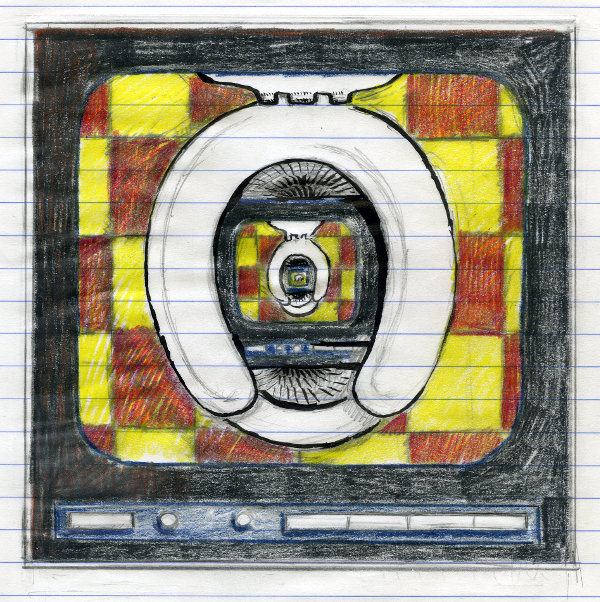Listen (2012)
Talking (2010)
Santos (2015)
Info paraphrased from Discogs:
Stefan Schwander (composer, producer)
"Harmonious Thelonious is a solo-project focusing on rough and dense beats and textures inspired by american minimalist music and african rhythm patterns."
Schwander also records as: A Rocket In Dub, Antonelli Electr., Leroy Versions, Repeat Orchestra, and Rhythm Maker
The Harmonious Thelonious website describes the work as "american minimalists vs. african drumming vs. european sequencing."
In past projects Schwander has worked with grooveboxes such as the Elektron Machinedrum, which may be what's meant by "European sequencing." As for American minimalists you can hear some Glass/Reich references but also Moondog and a hint of John Cale/Terry Riley's Church of Anthrax. Not sure where Thelonious Monk fits in; non-American influences could include Carl Orff and King Sunny Ade. In each of the 24 songs linked above, a steady multi-instrumental groove is maintained, with "tribal" sounding percussion based on samples of real drums, congas, etc, and some synthetic percussion. The main connections to Schwander's earlier work are catchy melodies based on simple overlaid figures, in this sense he is more inventive and ingratiating than say, Steve Reich. The melodies may be basic but have to sustain interest over six minutes, and these all do, through variations and "dropouts."
One odd feature of the music is samples of cheering, whistling crowd noise that can be heard in the background of several tracks. Rather than the narcissism or manipulation of a TV laugh track, these sounds add grit and texture in a musique concrète or industrial manner. [Update: On further listening, the crowd noise becomes more irritating and unnecessary. The earliest release, Talking, is the worst: the same loop of an appreciative whistle is heard repeatedly throughout the LP; by the end it's a distraction from what would otherwise be excellent melodies and percussion.]





